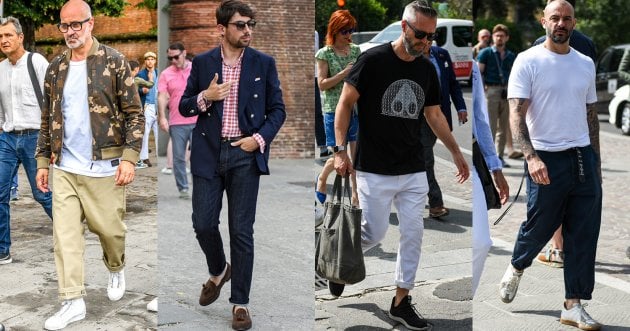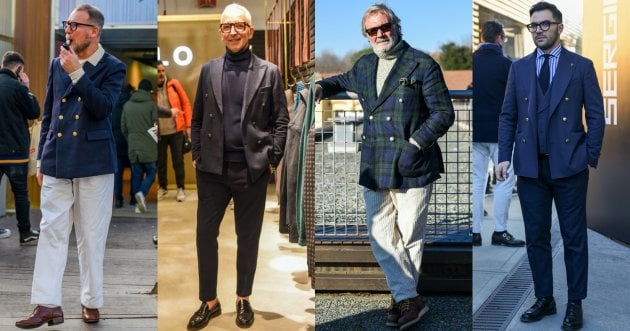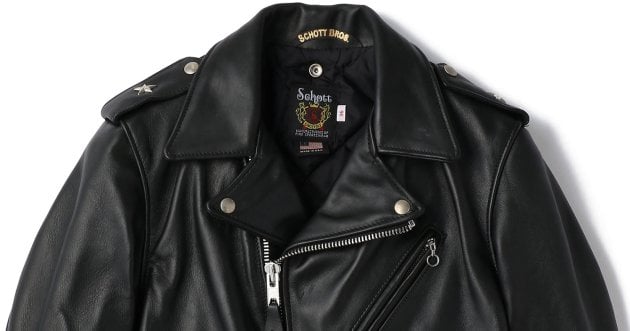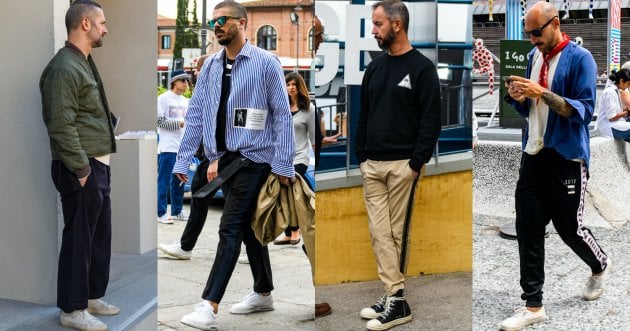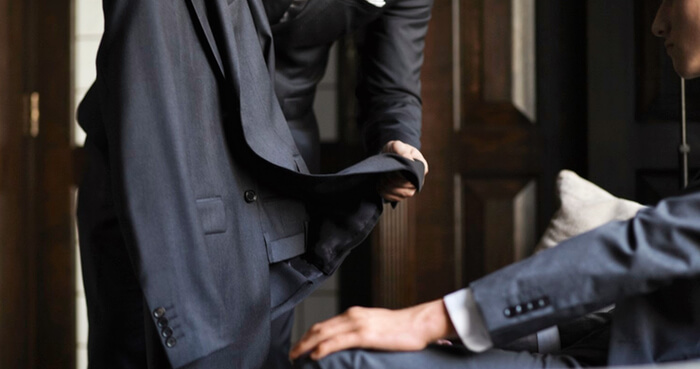
When it comes to suits, ” fabric quality ” is just as important as ” tailoring. The importance of fabrics ranges from the price of a custom-made suit to the price of a ready-to-wear suit, regardless of whether it is a custom-made suit or a ready-to-wear suit. Since it is not an inexpensive purchase, you want to choose a quality that you are satisfied with. That’s why we’re going to introduce some pointers on how to identify good suit fabrics!
Suponsered by
Points to consider when assessing suit fabrics: 1) “Basically, choose 100% natural fibers.”
When it comes to suit fabrics, 100% wool, which is a natural fiber, is the most typical. Suit fabrics made of polyester tend to give a somewhat cheap image, but they are an option because they have advantages other than low price, such as ” wrinkle resistance ” and ” quick-drying properties. However, in terms of texture and durability, they are produced by imitating the texture of natural fibers, so they are not as good as 100% natural fibers. For a winning suit, a suit made of 100% natural fiber is a must. If you are looking for a natural luster, wool fabrics with silk blends are also a strong choice.
Pros and cons of fabrics with mixed synthetic fibers
Polyester, nylon, and other synthetic fiber mixes are often picked up as a trend. Knowing the advantages and disadvantages of each will give you a better perspective for choosing the right item for your purpose.
Polyester
Pros: “Resists wrinkling,” “Dries quickly,” “Low cost,”
Cons: “Easily forms pilling,” “Low moisture absorption causes static electricity to build up,” “Often looks cheap,”
Nylon
Pros: “More functional and durable than polyester,” “Oil-resistant,”
Cons: “Degrades quickly due to sun exposure. Low moisture absorbency and easy to accumulate static electricity”
Polyurethane
Pros “High elasticity” “Fabric can be coated”
Cons “Short life span due to hydrolysis”
Points for judging suit fabrics (2) “The wool count (fineness of the raw wool) is a reference indicator according to the environment in which it will be used.”
If you are concerned about the texture of the fabric, the first thing to consider is the fineness of the raw wool. For example, “SUPER120’s” and other specifications set by the International Wool Organization (IWTO) correspond to this. (For example, SUPER120’s is a theoretical measure that “120 meters of fiber can be produced from 1 gram of raw wool.)
Generally speaking, the finer the raw wool is, the more luxurious and delicate it looks, but the durability tends to decrease. It is wise to choose SUPER 100’s for everyday business suits and SUPER 130’s for suits with a bit more attitude, depending on the environment in which the suit will be worn.
The SUPER indication ranges from 80’s to 250’s, with each 10 increase in the numerical value decreasing the thickness by 0.5 microns. Example: SUPER100’s (18.5 microns), SUPER110’s (18.0 microns), SUPER120’s (17.5 microns)
Suit made of TAGLIATORE’s SUPER100’S fabric
The brand ” TAGLIATORE ” was launched in 1998 by the second generation Pino Lerario under the support of LERARIO, a company founded in the 1960s. This suit is made of SUPER100’S wool fabric.
For details and purchase, click here.
TAGLIATORE SUPER130’S fabric suit
This is a TAGLIATORE suit using SUPER130′ S fabric. We would like to compare the difference in texture such as luster.
For details and purchase, click here.
The key to judging suit fabrics (3) “Yarn count (fineness of thread) is an important item that determines the texture of the fabric.
It is not possible to make common wool fabrics with raw wool fibers as they are. It is necessary to spin the raw wool into yarn. In many cases, the fineness of the yarn is linked to the fineness of the raw wool, but it is important to understand that they are different as indicators. The yarn count indicates the fineness of the yarn. In fact, in the suit industry, ” thread count ” is regarded as a more important indicator to determine the texture of fabrics than “wool count.
As if to prove this point, Zegna, a world-renowned brand of fabrics, is famous for not labeling its fabrics with the “SUPER◯◯” label. Related articles ▶︎Why Zegna is chosen by men around the world?
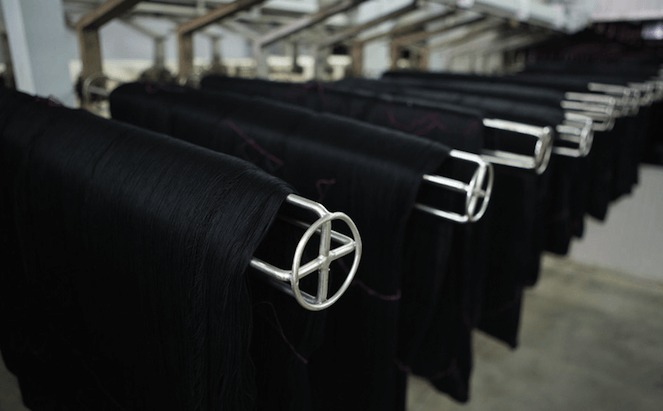
filmar.it
Thread counts also exist for stitching threads
The number of threads used for sewing and stitching work as well as for fabrics also have their own number. The thickness of the count used for ordinary woven fabrics is 60, while that for thick fabrics such as jeans is 20, etc. The thickness used depends on the fabric. Some brands dare to adjust the count of stitching threads in their designs, so it would be more enjoyable to select clothes by keeping this in mind.
Point 4: “Consider the weave density (number of stitches) as a set with the yarn count.
A woven fabric is made of warp and weft yarns, and the texture of the fabric varies depending on how many warp and weft yarns are woven into each inch of fabric. The more threads there are, the firmer and stiffer the fabric is, and the fewer the threads, the lighter and softer. In some cases, the density is reduced to cut costs, but in other cases, the density is deliberately lowered to obtain a softer texture, so it is difficult to say that “low weave density = poor quality fabric. Needless to say, the balance between yarn density and yarn count is the key to fabric texture.
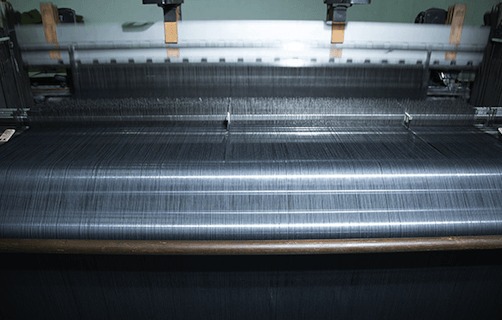
Example of thin, high-quality fabric
Linen and tropical materials used for suits are often coarse but high quality fabrics. Summer suits also dare to use thin summer wool fabrics. Pocket chiefs are also considered classic, and are made of plain white linen. If you are aiming for a style that is one rank above the rest, you need to keep in mind TPO, season, and other factors in determining the quality of fabrics.
Weave pattern of Irish linen fabric. The low weave density can be seen in the gaps here and there.
Key point (5) in judging suit fabrics: “Even famous suit fabric brands have different ranks.
Be aware that choosing a famous suit fabric brand such as ” Loro Piana,” ” Dormer,” or ” Ermenegildo Zegna” is not the answer to all problems. For example, even within the same Dormer brand, there is a big difference between high-end fabrics such as “SUPER180’s SILK & KIRGYZ” and “VANQUISH II” and “SUPER100’s” in terms of price and fabric quality. It is possible to judge the quality of fabrics within the same brand by the indicators introduced so far.
Incidentally, one of the advantages of sticking to the brand itself is that the specification labels can be trusted. Some, but not all, no-name brands may claim that their specifications are exaggerated. For example, there are cases where a poly-blend fabric with only a small amount of SUPER100’s raw wool is proudly labeled as SUPER100’s, so care must be taken.
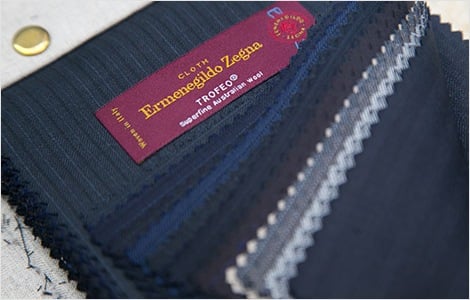
Point 6: “Value the texture, which cannot be quantified.
There are also points that cannot be quantified. For example, ” luster and gloss ” is a typical example. Wool is subjected to a process called “washing” because it contains dirt and excess oil, but high-quality raw wool contains a lot of oil, so even if it is washed, the oil content remains enough to produce a natural luster. Low-quality wool, on the other hand, contains little oil, so it is necessary to add a large amount of oil artificially to produce a luster, which is said to result in a somewhat cheap luster.
To understand the unquantifiable goodness or badness of fabrics, it is important to cultivate an eye for texture by touching and comparing fabrics.
The key to identifying suit fabrics (7) “Selecting suit fabrics. First of all, value your intuition, and take the stance of referring to specs and brands as supporting indicators of your intuition.”
As mentioned above, there are both “points that can be expressed numerically” and “points that cannot be expressed numerically” in terms of the quality of suit fabrics.
In particular, we need to be careful about preconceived notions that are only based on a single index or the prestige of a brand, such as ” SUPER120’s” or ” Loro Piana,” as they can sometimes lead to mistakes. First of all, it is important to pick up a fabric that you intuitively feel is good. It would be smart to take a stance where you are convinced by confirming the specs and brand against that endorsement.
Choose a suit that you are satisfied with.
In addition to suit fabrics, there are many other perspectives from which to choose, such as the quality of tailoring, design, and specifications. Focusing on recent trends, suits with classic details such as wide lapels and pleated pants are the focus this season. It is a powerful way to incorporate the trend with a suit that can be purchased at a lower price than a custom-made suit, and at the same time, it is also a good way to discern the quality of the fabric.

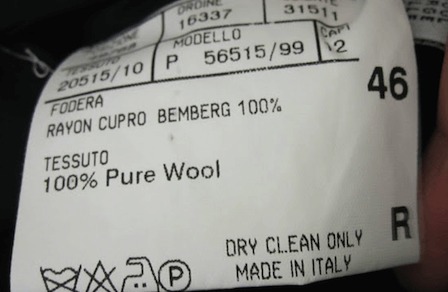
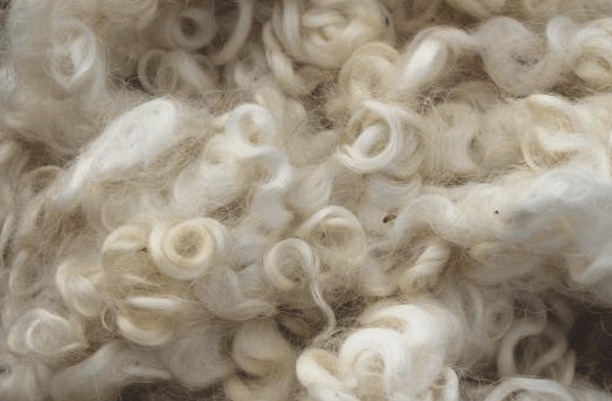
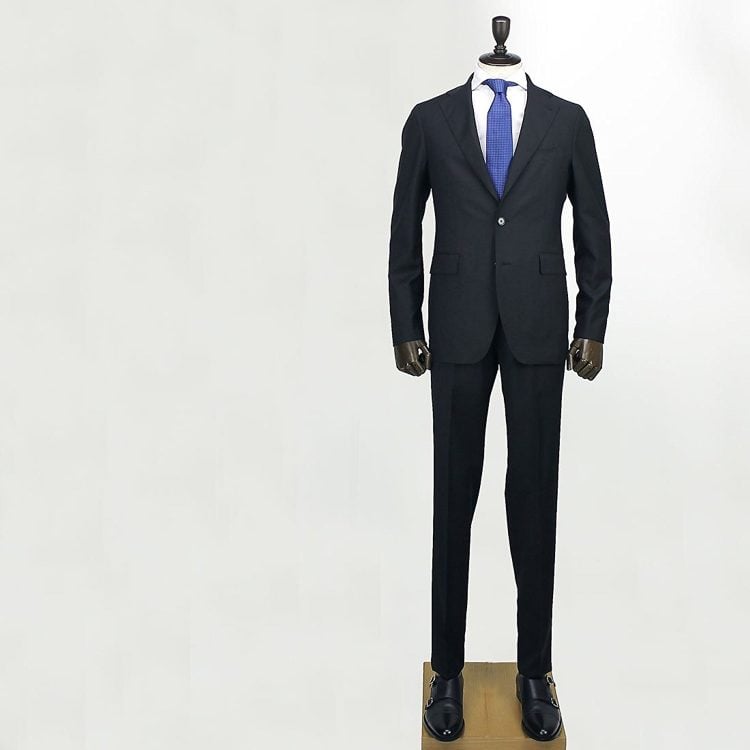

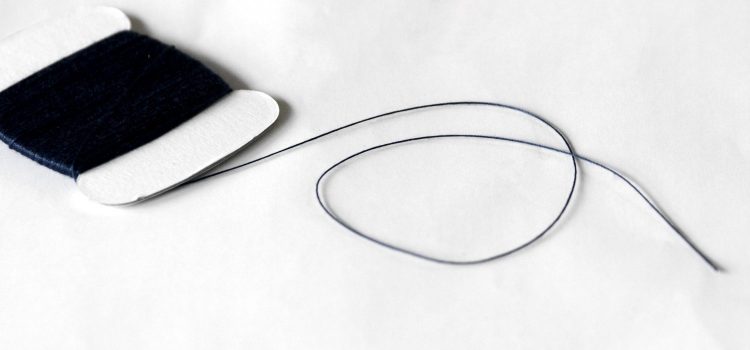
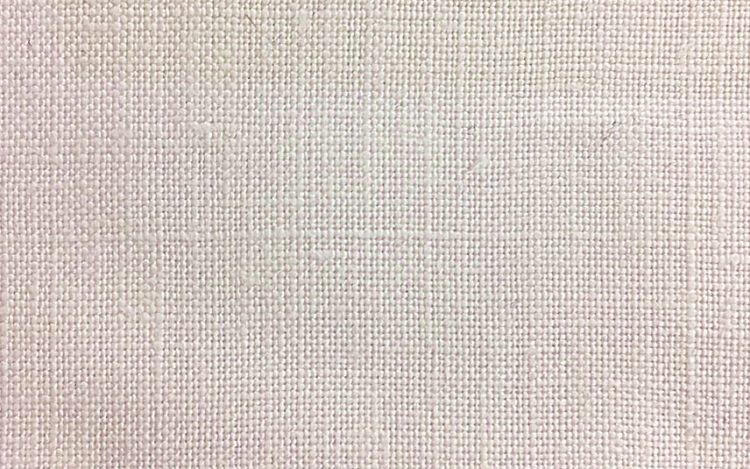
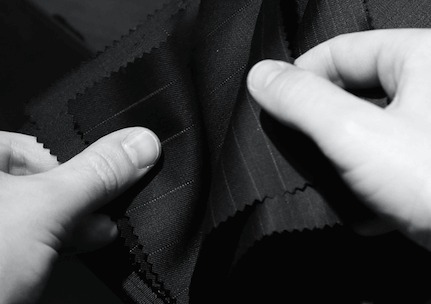
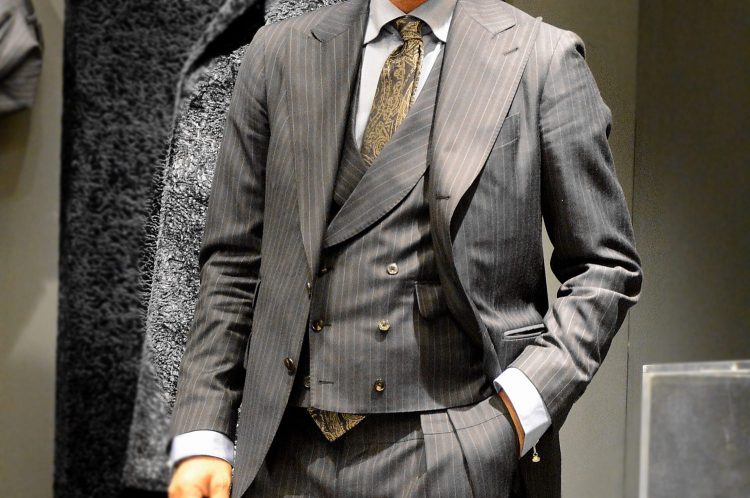
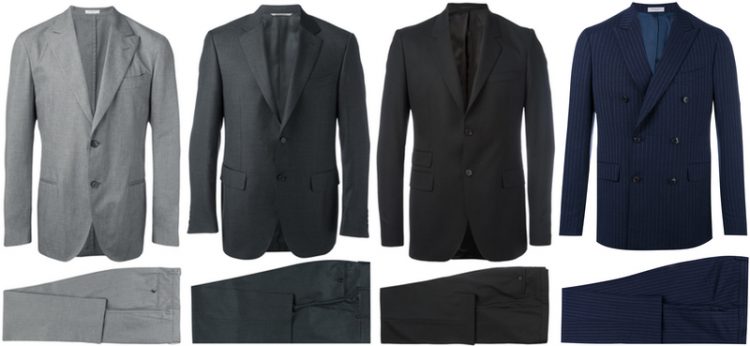

![Which do you choose for hemming slacks? [ Double vs. single ].](https://otokomaeken.com/wp-content/uploads/2017/10/60fc7b31f4834e99feee166cab74f894-630x331.jpg)
![The Chicest Way to Wear a Gray Suit [2023 Newest].](https://otokomaeken.com/wp-content/uploads/2020/02/1-8-630x331.jpg)
![How to Wear a Navy Suit in Style [ 2021 Newest ].](https://otokomaeken.com/wp-content/uploads/2020/02/57b8ad171c27ba4a3f9ece1dc83d4034-3-630x331.jpg)
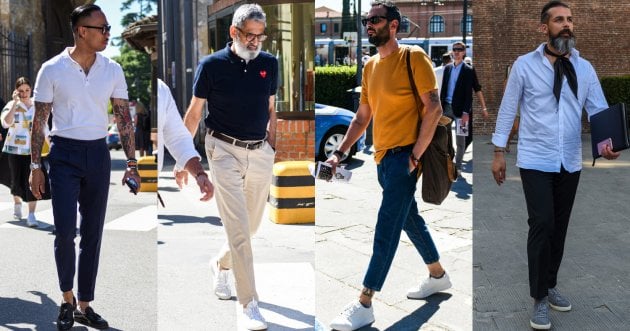
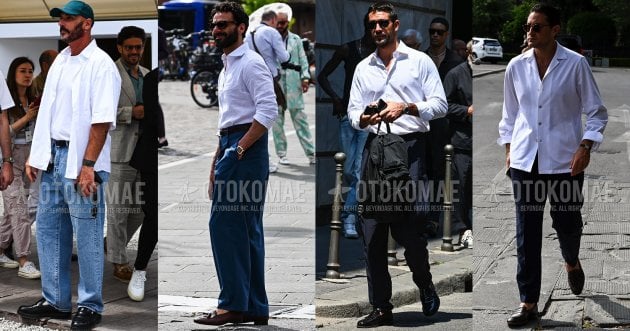

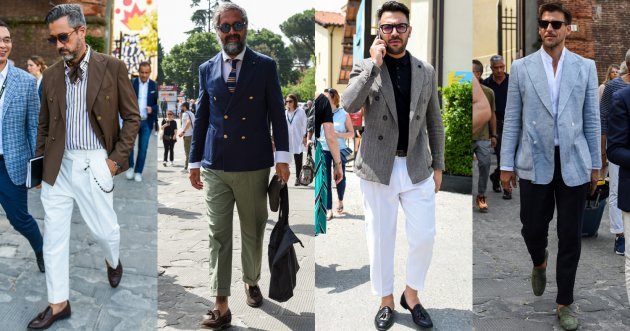
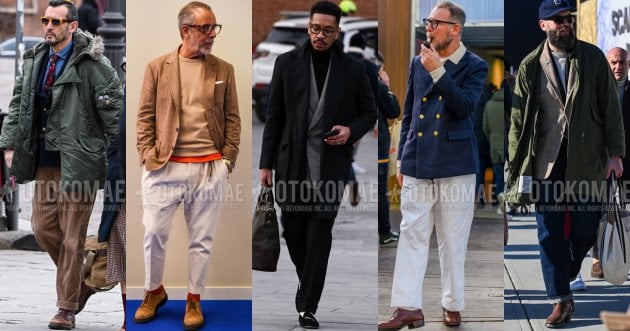
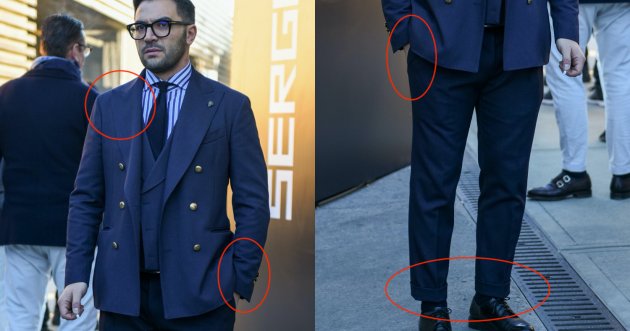
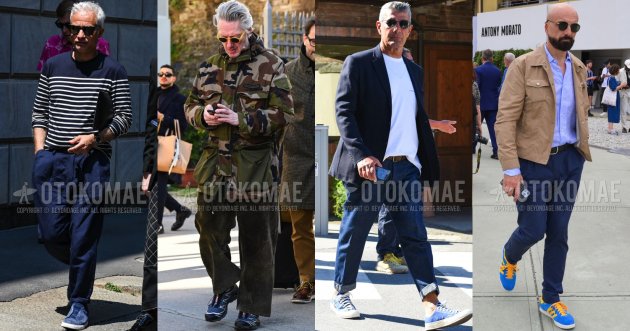
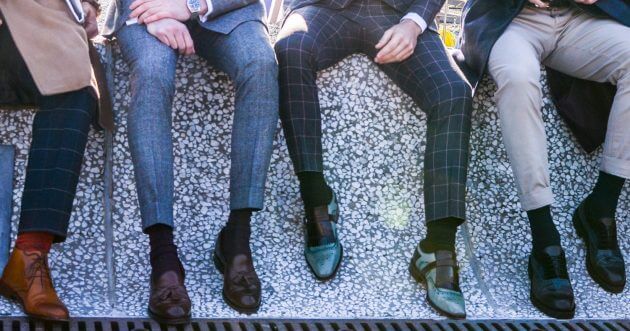

![Suit and Sneakers Men’s Outfit/Coordination Special! [ 2023 Newest ]](https://otokomaeken.com/wp-content/uploads/2020/07/bca6590987a4cdd11ae69e46973c4771-630x331.jpg)
